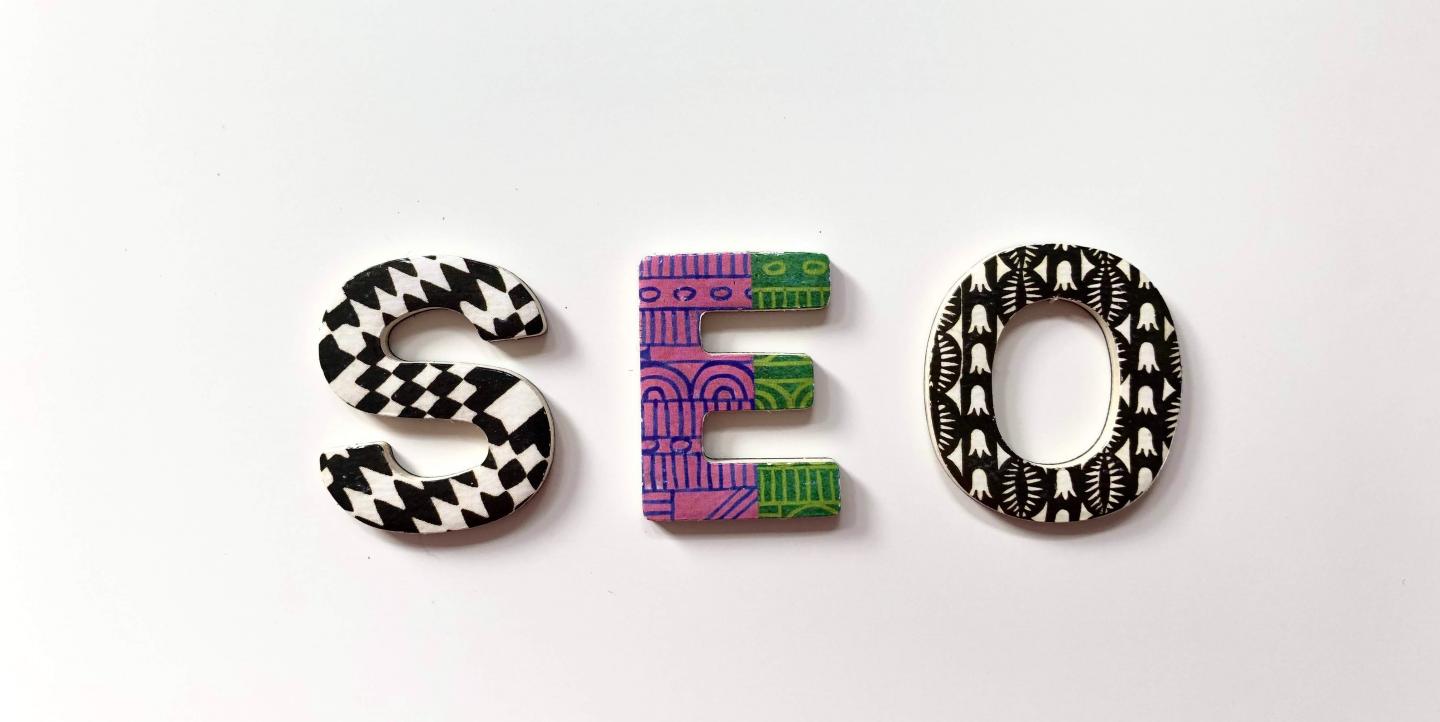Producing news content online requires more than just good writing, it requires digital marketing skills. To get noticed, journalists must keep in mind search engine optimization (SEO) techniques, which are useful in various formats.
From an idea to publication, SEO elements can be applied at every stage in the newsroom’s routine. Check out some steps below to plan your SEO strategy.
Define the persona
A persona is a fictional character that you are writing to, which is created based on real data. It is not the same as the target audience, which is broader. The persona has a name, age, profession and habits, while the target audience includes different profiles with a common interest.
[Read more: 5 things sustainable journalism organizations have in common]
Not all content requires a specific persona — such as a story based on a topic of public interest —but in many cases, it is extremely beneficial. You must know in-depth who you write to in order to know what to produce, and to offer more relevant content.
Creating the persona can be part of a design thinking process — an approach that puts people at the center of content creation in search of solutions.
Choose your keywords
To define your keywords, it is necessary to understand how a user searches for a particular subject. For example, let's say you are going to write about veganism. The keyword “veganism” is very generic, and won't be useful in search. But if you search for “veganism is healthy,” you will notice that the results show articles that address the topic.
When producing content with SEO techniques, keyword analysis becomes part of your routine, and you can do it by performing a Google search or with tools like Google Ads, SemRush and Ubersuggest.
Analyze user behavior
By examining the results that appear in search engines for a given keyword or phrase, you can see which type of content users prefer, which will help you decide on the one that is worth producing.
There is no point writing a 2,000-word article if users’ behavior indicates that a video would be the best answer. The same is true if search engines indicate images, quick responses or PDF documents are most useful for that particular keyword. This keyword and search analysis can predict users' interest and inform newsrooms' agenda and strategy.
Understand the power of credibility
Credibility on the internet goes beyond your resume or the company where you work, and it's something you need to invest time into building. One way to do this is through link building, having multiple trustworthy sites link to your content. It is a sure way to establish authority because the more sites pointing to your content, the more trustworthy on the subject you are perceived.
However, these links need to be genuine. Buying links generates a drop in the ranking of search results and credibility.
Learn how to write an article with SEO
If you are from the age of dial-up internet, you may remember how complicated searching for something was since sites and blogs with bad content appeared without filters. To fix this, in 2003, Google started to invest more in SEO techniques and to define the rules of the game.
[Read more: Automation can free up journalists to focus more on reporting]
A StatCounter survey indicates that Google Chrome is the search engine used by 63.54% of internet users worldwide, so understanding how Google evaluates SEO — and implementing changes accordingly — can result in more visibility for journalistic production.
We outlined some tips to optimize your text below.
SEO optimization tips for text
- Incorporate headings and subheadings: Headings, usually ranked from H1 to H5, are useful for organizing an article and teaching the search engine what your article is about. It can be useful to include keywords in your headings, since Google pays attention to these elements.
- Utilize internal and external links: Internal links take users to other pages on the same site, while external links take readers to another domain. Incorporating both internal and external links is useful for search engines.
- Add alt text to images: Alt text will display when you hover over an image, or when the image won’t load. It is, primarily, built for accessibility so it can be read by screen readers. However, it is also a useful SEO tool. To use it effectively, add alt text that describes the photo, incorporates keywords and is relatively short.
- Add transition words: Connect one sentence to another with transition words, which will improve the content score in the search results.
- Make sure the story is readable: Using headings like H1, H2 and H3, as well as photos, videos and infographics, all make reading easier. The easier your article is to read, the more Google will understand, and the more likely the search engine is to get it in front of your audience.
The rule is to convey the message without tiring the reader. Telling stories of public interest will always play a role in sustainable journalism, regardless of the channel chosen. You can take advantage of these techniques to reinforce your commitment to inform the people.
Rosiana Alda is a journalist and founder of Agência Esther focusing on environmental journalism. She worked as a TV producer, SEO writer and freelance reporter.

